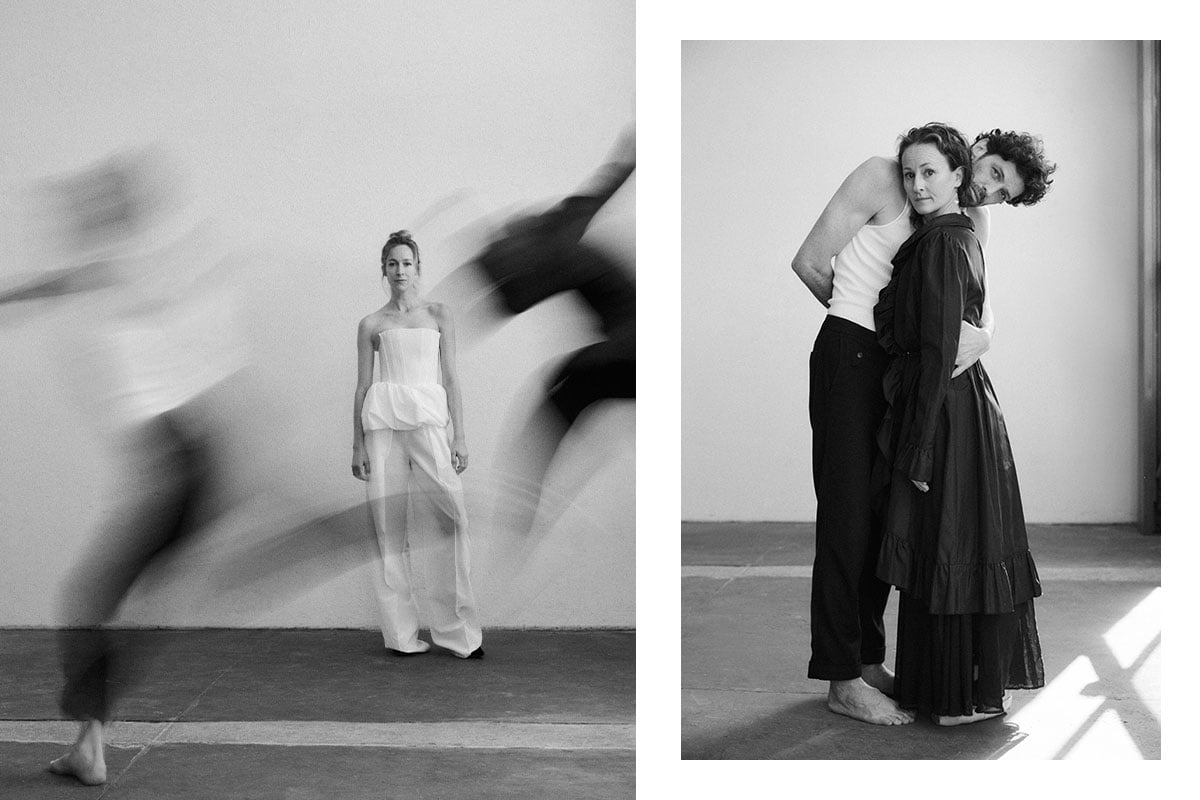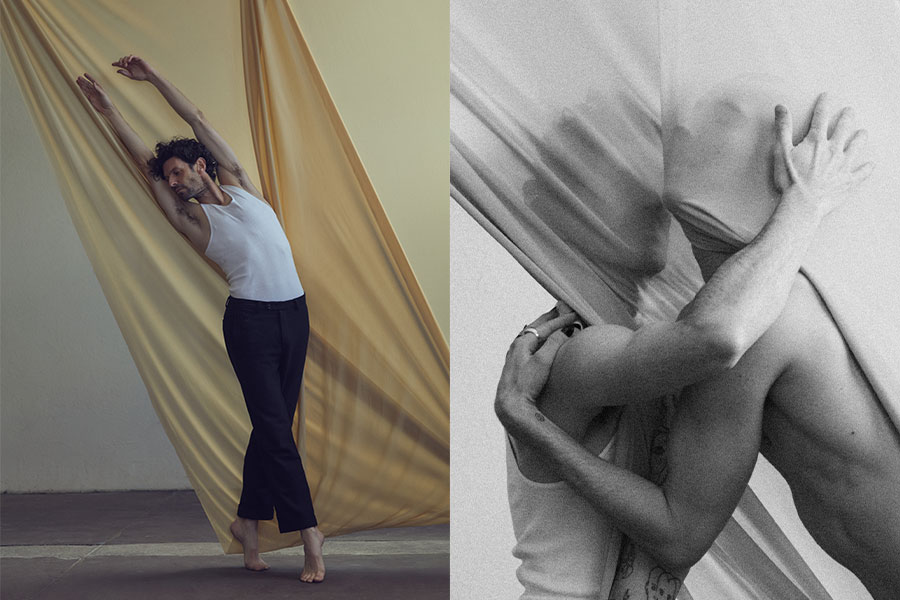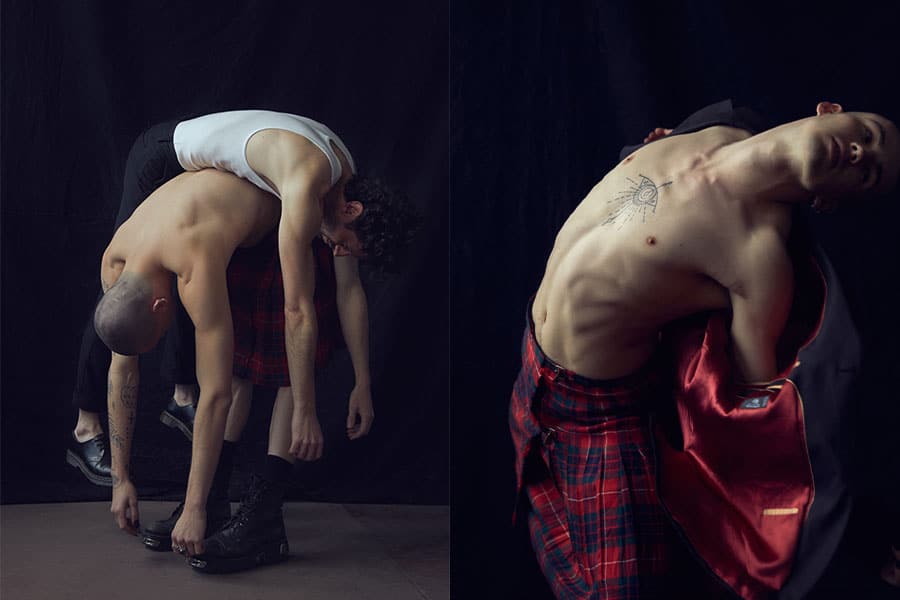
Those who have the pleasure of knowing acclaimed Australian choreographer, Alice Topp, can say with certainty that she likes to keep things moving. Not such a surprise for one of the country's most revered performers, and Australian Ballet resident choreographer. Whether it's a physical exploration of movement, or the constant churning of ideas; the wheels continuously move in Topp's world, and it's always full steam ahead. Which, is why when news first broke of the groundbreaking new venture, Project Animo, it was no surprise to learn that it was Topp who was once again expanding the boundaries of the Australian dance landscape.
Bringing together a collective of independent artistic voices and talent from across the nation; this community of dancers, choreographers, musicians and artists comes together to develop new work. Project Animo has been designed as a space that encourages artists to challenge and expand their boundaries, all united by a common goal to breather new life into Australian dance.
Kicking off the tour with its season And Now We Move On at Melbourne's Arts Centre Playhouse on January 12, 2022, the project brings together newly retired and independent dancers who have previously performed with the country’s best dance companies including The Australian Ballet, Bangarra Dance Theatre, Sydney Dance Company, Queensland Ballet, West Australian Ballet and the UK-based Studio Wayne McGregor.
Here, we speak to Topp about the concept behind Project Animo, unity through movement and what she hopes people take away from And Now We Move On.
Tell me a bit about how Project Animo began?
Early in 2020, I was due to give my final performance with the Australian Ballet. I’d been dancing professionally for close to two decades — to retire was a very momentous decision for me, albeit one that my body and mind were telling me was right. But when lockdowns hit, it became apparent not only that I wouldn’t get that ‘final curtain’ on my dancing career, but that the performing arts sector in general was going to be devastated by the calamity of Covid.
Those things combined led me to toying with the idea of a new model of dance company — one that would allow dancers who have reached traditional ‘retirement’ age (usually mid-to-late 30s) to continue bringing their immense physical and emotional presence to stages around Australia, and one that would provide something of a blueprint for how the performing arts industry can adapt and thrive.
I collaborated with my long-time creative partner, the brilliant technical director at the AB Jon Buswell, and we came up with the concept of a dynamic collective of recently retired dancers from the country’s top dance companies, bolstered by talented composers, sound designers, set designers and costume designers. This unique amalgamation of styles, genres and backgrounds will, we hope, give rise to a dynamic collaborative environment, where new choreographic works take shape and the vocabulary of Australian dance is pushed into unexplored territories.

After almost two years where physical collaboration has been put on standby, what does it mean to be able to unite again in this way?
I won't lie, it’s been immensely challenging navigating the process of collaboration amongst a collective of people dispersed throughout the country. But in a way, this reflects what has always been true about performing arts and dance, in particular: there are so many moving parts in the development of something new. It feels like you’re in the weeds until, one day, there is a beautiful moment of clarity and everything fits together like an enormous puzzle. The creation of dance relies on physical presence. To have our dancers finally rehearsing all in the same space is something close to witnessing alchemy.
Throughout this project, what has been the most insightful learning or discovery about the Australian dance industry?
Dancers reach their peak at the time when the demands of full-time touring take too great a toll on their personal lives, not to mention their bodies. They have never had an alternative other than to hang up their pointe shoes, so to speak. Project Animo gives them a platform to dive into their well-honed techniques, athletic power and vast experience, without the pressure of 200+ shows a year.
I already knew this from years of working with them, but Project Animo has reinforced for me the tenacity of those operating within the local dance industry. This is a special quality that was so needed over the past 18 months, and the industry is so lucky to have so many exceptionally passionate people working to keep it going.
What is your hope for audiences when they walk away from Project Animo?
I hope they feel energised by the immersive experience of live dance, inspired by the beauty and power of the physical body, and encouraged to question their assumptions about their own limitations. I hope they have a new or renewed appreciation for homegrown artistic voices and our ability to present relevant storytelling via the universal language of movement.

What is the key messaging behind Project Animo and why was it so important to tell this story?
We are giving a much-needed home for dancers who, for varied reasons, have had to retire from their full-time positions but who still have so much capacity for dynamic performance left. If you widen the frame on that theme, it can extend to anyone as they move through life: your best stage may still be ahead of you.



